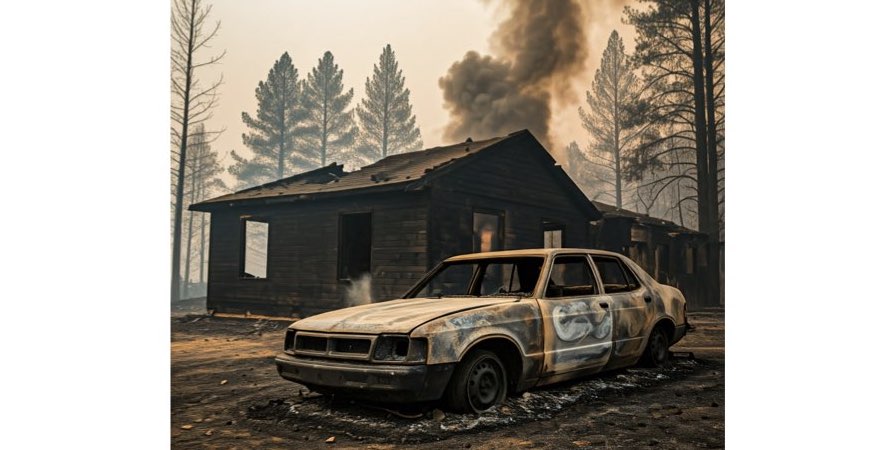
Two research articles - including the October 24 Cover Article - published in Science by MCS Profs. Crystal Kolden & John Abatzoglou and coauthors. Read the abstacts below and follow the links to read the articles!
1) Jennifer K. Balch et al. ,The fastest-growing and most destructive fires in the US (2001 to 2020). Science 386, 425-431(2024). DOI:10.1126/science.adk5737
Abstract: The most destructive and deadly wildfires in US history were also fast. Using satellite data, we analyzed the daily growth rates of more than 60,000 fires from 2001 to 2020 across the contiguous US. Nearly half of the ecoregions experienced destructive fast fires that grew more than 1620 hectares in 1 day. These fires accounted for 78% of structures destroyed and 61% of suppression costs ($18.9 billion). From 2001 to 2020, the average peak daily growth rate for these fires more than doubled (+249% relative to 2001) in the Western US. Nearly 3 million structures were within 4 kilometers of a fast fire during this period across the US. Given recent devastating wildfires, understanding fast fires is crucial for improving firefighting strategies and community preparedness.
2) Matthew W. Jones et al., Global rise in forest fire emissions linked to climate change in the extratropics. Science 386, eadl5889 (2024). DOI:10.1126/science.adl5889
Abstract: Climate change increases fire-favorable weather in forests, but fire trends are also affected by multiple other controlling factors that are difficult to untangle. We use machine learning to systematically group forest ecoregions into 12 global forest pyromes, with each showing distinct sensitivities to climatic, human, and vegetation controls. This delineation revealed that rapidly increasing forest fire emissions in extratropical pyromes, linked to climate change, offset declining emissions in tropical pyromes during 2001 to 2023. Annual emissions tripled in one extratropical pyrome due to increases in fire-favorable weather, compounded by increased forest cover and productivity. This contributed to a 60% increase in forest fire carbon emissions from forest ecoregions globally. Our results highlight the increasing vulnerability of forests and their carbon stocks to fire disturbance under climate change.



